T-BOX as a key component to realize the Internet of Vehicles, the stability and reliability of its communication function is the focus of manufacturers and users. How to evaluate the use effect of T-BOX in real scenes has always been a shortcoming of the whole industry. At present, the main evaluation method is time-consuming, laborious and non-repetitive on-site testing.
The method of on-site testing cannot guarantee a comprehensive test of the relevant performance of the equipment, and it is difficult to cover all working environments (city, mountain, hill, plain, various latitudes, various weather, tunnels, etc.). Even if you spend a lot of money to do enough testing in different environments, once you find a problem, it is difficult to reproduce. Even if the problem can be reproduced, it takes a lot of time to locate the problem from each stage of product development.
How to verify the T-BOX's communication capabilities in real scenarios through quantitative standard simulation during the model development and finalization phase, to save costs and improve efficiency for later drive tests, are the major expectations of major automakers and related suppliers. The key to the solution is to simulate various wireless channel characteristics when the T-BOX under test is in communication in the laboratory environment.
In response to this testing requirement, Hengrun Technology has cooperated with OEMs and suppliers to explore. At present, we have developed a test solution based on a wireless channel simulator and a scene model, which can simulate a variety of outfield scenarios based on standard test models and custom scene models. Communication channel.
The basic implementation principle of the solution:
First, the electromagnetic field theory and statistical theory are used to analyze the propagation characteristics of radio waves in the mobile environment, and a mathematical model is established to describe the wireless channel. The signal propagation path between the transmitting and receiving antennas is called the wireless channel. The wireless channel describes the form of radio wave propagation, because the propagation of radio waves will be affected by the following factors:
â— Natural terrain (mountains, hills, plains or waters, etc.)
â— The number, height, distribution and material properties of artificial buildings
â— Climate conditions and weather conditions
â— System operating frequency, relative motion status of the terminal
Therefore, there will be four types of wireless channels (see the following figure): direct path, reflection path, scattering path and diffraction path (also known as diffraction path).
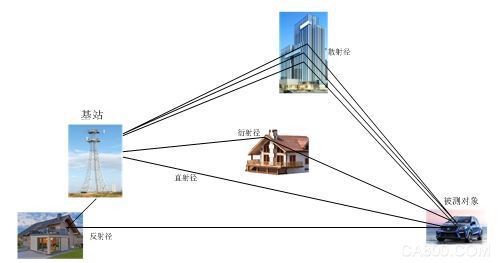
For various application conditions of the vehicle-mounted T-BOX module in the vehicle, the actual radio wave parameters can be customized and recorded for different traffic scenarios, and the theoretical analysis results can be verified and corrected according to the measured data. Until the parameters calculated based on the model are basically consistent with the actual test parameters, thus obtaining a simulation model library. These basic models support the following features:
â— Path loss (typical loss in free space and different transmission environments);
â— Shadow fading (lognormal);
â— Small-scale fading (Rayleigh, Rice, Nakagami);
â— Support Suzuki model;
â— Interference overlay (AWGN, CW);
At the same time, for the communication (V2N) between the communication terminal (T-BOX) and the base station, there are already some standard channel models. Such as GSM standard channel model, UMTS standard channel model, LTE standard channel model, etc. The GSM channel model is widely used to test GSM-450, GSM-850, GSM-900, GSM-1800 and GSM-1900 related base stations and UE systems. The UMTS standard channel model is widely used to test WCDMA and TDSCDMA related base stations and UE systems. The LTE standard channel model is widely used to test FDD-LTE and TDD-LTE base station and UE systems.
Table 1 below is a parameterized example table of a model about urban scenes in the GSM standard channel model library. As can be seen from the table, the model defines the channel number (Tap number), relative delay time (Relative time (us)), relative average power (Average relative power (dB)), and due to speed factors need to be considered Doppler spectrum analysis model (Doppler spectrum).
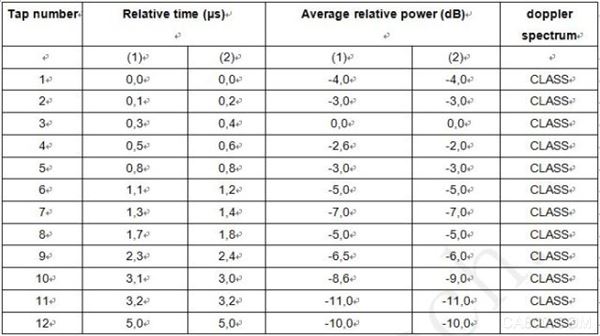
Table 1 Typical urban scene (TUx): (12-path model)
The motor vehicle model in the UMTS standard channel model is also more suitable for the channel simulation test between the T-BOX and the base station. See Table 2 below. In addition to specifying the relative delay and relative average power, the table also specifies the vehicle speed conditions corresponding to the communication band (Band).
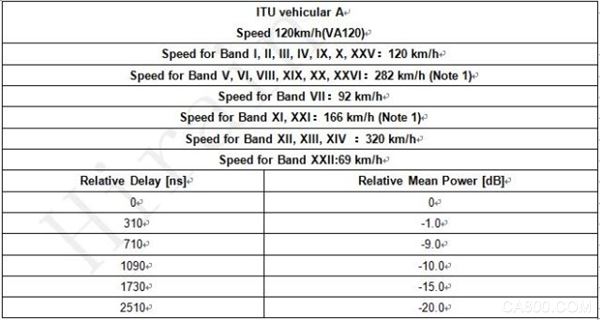
Table 2 Motor vehicle A model, speed 120km / h
For the V2X IoV dedicated channel model, support is required:
â— LTE EVA channel model;
â— LTE D2D channel model;
â— 5.9GHz band V2X antenna modeling and channel model;
â— Channel model specially developed for V2V-Direct;
The solution proposed by Hengrun Technology based on standard instruments can support the above-mentioned universal channel model and dedicated vehicle networking model at the same time, and can provide users with APIs to meet the needs of user-defined models. The schematic diagram of the scheme is shown in Figure 2. The HIL (Hardware-In-Loop) environment of T-BOX is established through Hengrun ’s Testbase cabinet, which can provide the actual working simulation environment for T-BOX and replace the base station in the real environment with a cellular communication network signaling tester. Different traffic scenarios and communication situations are simulated by a channel emulator. Before the user ’s back-end server has been established, a communication service back-end that meets national standards can also be provided for the type of T-BOX to be loaded. For example, new energy vehicles should comply with GBT32960, and commercial vehicles use JT808.

Figure 2 IIL HIL test platform based on base station and channel simulation
This solution can simulate the communication signal environment of common traffic scenarios such as urban traffic environment, rural traffic environment, highway traffic environment, etc. by loading different simulation model libraries in the channel simulator, and can also test the more subdivided by purchasing option packages. Traffic scene type. In addition, with the interference simulator, it can simulate complex electromagnetic interference and channel environment, and verify the anti-interference ability of T-BOX communication.
System technical indicators of the channel emulator in the solution:
â— RF frequency range: 1MHz ~ 6GHz;
◠RF signal bandwidth: ≤ 125MHz, support 250MHz;
â— RF maximum output power: 0dBm;
◠Multi-path number per channel of land channel: ≤12;
â— Digital fading channel dynamic range: 60dB;
â— Built-in interference generation: AWGN, CW;
â— Support maximum Doppler frequency shift: 1.6MHz;
◠Relative path maximum delay: 0 ~ 50μs;
â— Large additional delay: 1.5s;
â— Support duplex communication mode;
The wireless channel simulator has the following characteristics:
â— Standard instruments: easy to use, short product delivery cycle and guaranteed quality
â— Wide frequency band coverage: 1M ~ 6GHz band (covering V2X's 5.9GHz band), external frequency conversion module can be expanded to C / X / Ku / K / Ka and other bands
â— Flexible control and various methods: support multiple control methods such as touch screen + key knob control, mouse keyboard control and software remote control
â— Support real-time closed-loop control: the real-time fading engine can accurately generate dynamic fading coefficients to achieve closed-loop real-time channel feature simulation; provide real-time control interface, which can be used by the main control software to select channel type and modify channel parameters according to the experimental process closed-loop, thus real-time closed-loop change communication End-machine operating conditions to achieve time-varying characteristics of real channels
â— Various link modes can be selected: support SISO / SIMO / MISO / MIMO single link mode; support single-channel multi-user, multi-channel group users, user-defined multi-link mode; support mobile ad hoc network MANET / MESH Channel topology
â— Various types of channel model libraries are flexible and optional: basic channel models that support path loss, shadow fading, small-scale fading, delay processing, Doppler spectrum and interference superposition; support V2X dedicated channel models such as LTE EVA and LTE D2D ; Support 4G5G dedicated channel model selection and customization
â— Support the import of user-defined channel model
Compared with the advantages of traditional field test solutions:
â— Can be tested in the development stage
The initial sample of T-BOX can be tested for some functions, and the performance and function verification can be carried out as soon as possible. If problems are found and resolved early, risks can be reduced and later costs can be saved
â— Significantly reduce the cost of on-site testing
Based on the revised simulation model of the wireless channel network system in the early actual scenarios, it can simulate the communication channel characteristic signals under different working environments, different weather conditions, different latitudes, different motion states, and different communication standards. By setting different test conditions and traversing the communication conditions of the T-BOX under these conditions, the true communication capabilities of the T-BOX can be detected in advance, and the communication conditions in traffic scenarios that cannot be reached by on-site testing can also be previewed. And once the problem is found, you can repeatedly test the scene of the problem repeatedly to locate the problem. It can be used as a supplement to the field test, or partially replace the field test, which can play a major role in the development and verification of the entire product, which is beneficial to shorten the development time of the vehicle model and save a lot of costs
â— Good versatility and consistency
The wireless channel emulator can build a multi-channel universal wireless routing platform in a laboratory environment, can simulate various wireless channel environments, and can also load interference on the channel to perform the test on the object under the channel environment closest to the real working conditions. Performance evaluation. Because the communication interface is based on the 3GPP protocol, it is not restricted by the model of the test object, and the versatility is very good
The simulation parameters and system hardware indexes of the wireless channel simulator are strictly quantified and through regular calibration, the consistency and controllability of the test results can be guaranteed
In summary, based on this solution, most of the performance and working conditions of T-BOX can be verified and tested in the laboratory environment, helping users to complete and repeat the communication capabilities of T-BOX in the development stage. Test verification significantly reduces the cost and risk of actual vehicle testing.
This charging station including charring station for PS5, PS4,Xbox series X, Nintendo Switch. For PS5 we have many design, fasting charging,LED light indicator, also with Type C adapter , you can choose any one you like.
for the Nintendo Switch , we have multi functional for gamepad, console, joycons and game carde storeges, we also have 4 in 1 joycons charging dock fast charging!
All docking we accept OEM/ODM order, we can 100% ensure the quality and offer you good After-sales service.
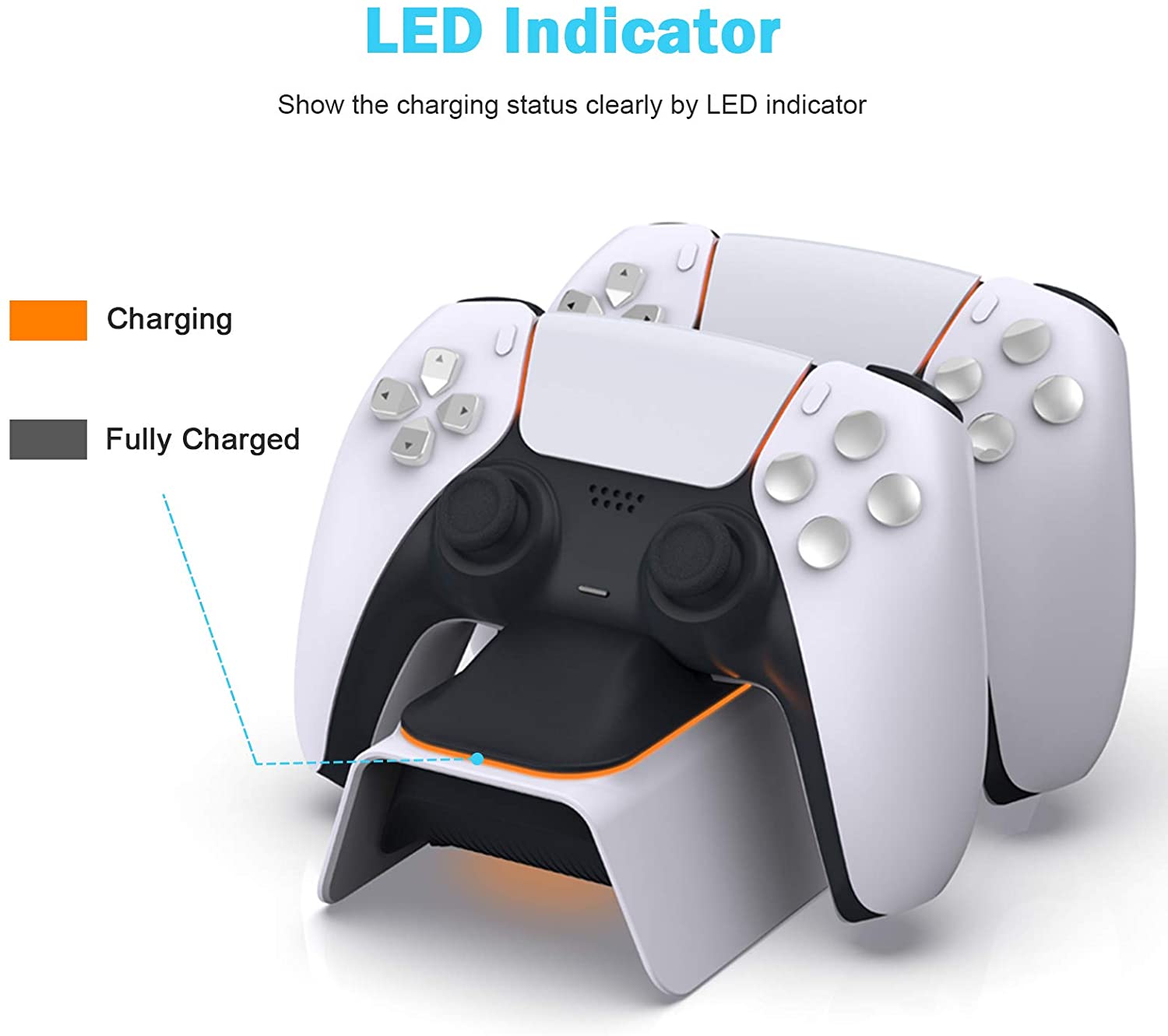
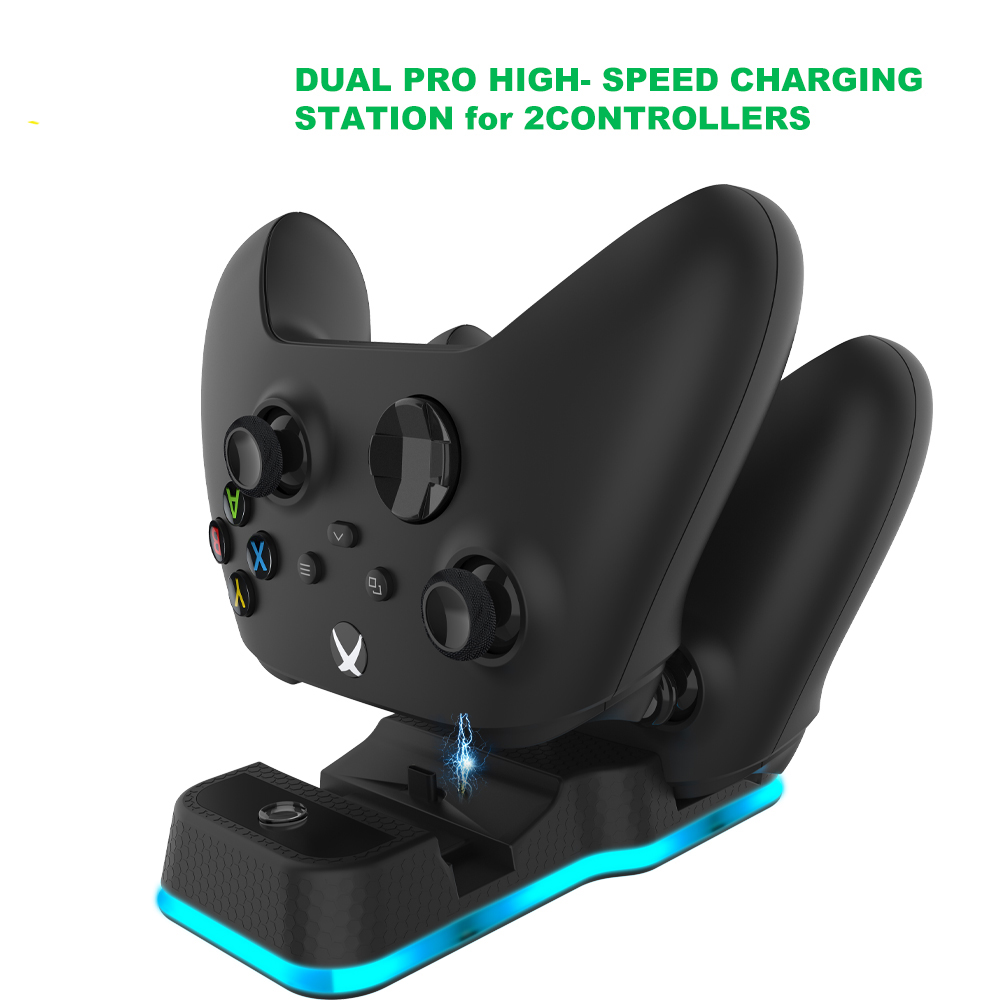
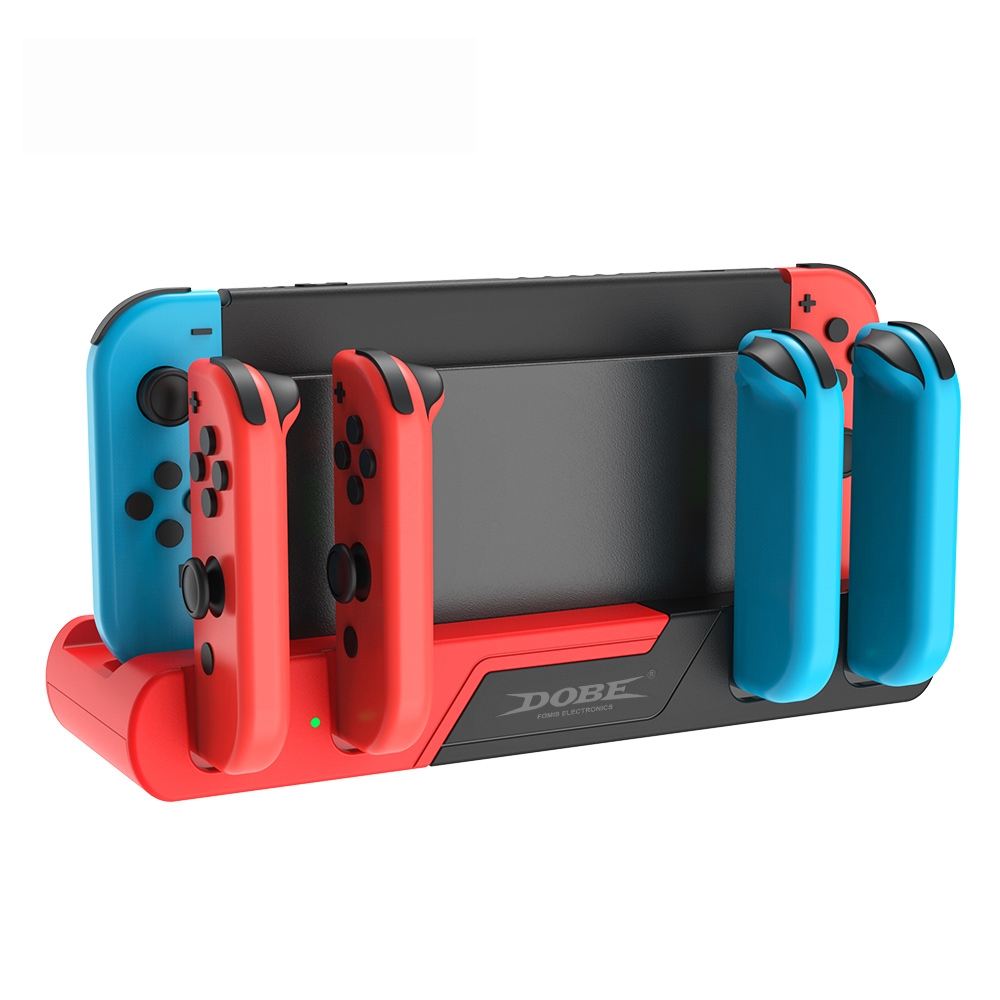
Controller Charging Station,Dualsense Charging Station,Charging Dock,Controller Charging Dock
Shenzhen GEME electronics Co,.Ltd , https://www.gemesz.com